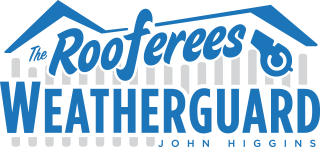Who doesn’t love a warm winter scene: fire roaring, tree trimmed, lights hung outside. It’s that time of year. While many of us enjoy decking the halls for the holidays, it is important to remember a few small tricks to help avoid a holiday fire hazard.
Outdoor lighting.
Exterior lights often burn hotter than indoor lights. Many people are quick to use whatever extensions cords they can wrangle up—this can problematic. Use outdoor-approved extension cords and nothing else. These cords have thicker protective plastic coating which prevents nicks to cuts to the wires, preventing dangerous electrical hazards. LED lights use less electricity than older bulbs which means they burn at a lower temperature, making them a smarter buy with lower fire risks.
Indoor hazards.
In the cold months, coziness is understandably a priority at home. Be mindful of the placement of a space heater (keep them 3 feet from any surround objects), and make sure you keep items a safe distance from a fireplace, be it gas or wood burning. Avoid using your oven to heat your home—this can add dangerous amounts of carbon dioxide to your home. Be sure to turn off heat generating items, such as electric blankets, when not it use.
Tree Care.
A dry tree is a high risk to catch fire. Too dry, and an under-watered tree can catch fire due to those little lights wrapped around it. And if your tree is artificial, check your electrical connections and keep it away from flames. And whether your tree is natural or otherwise, always remember to switch off those lights before bed.
Smoke alarms.
Now is a good time to ensure your smoke alarms and carbon monoxide detectors are working properly. Some fire departments offer smoke alarms free or at a reduced price. Many newer fire detectors last up to ten years without a battery. It is never a bad time to make an upgrade to new smoke alarms.

